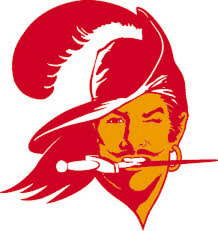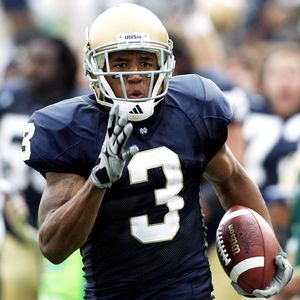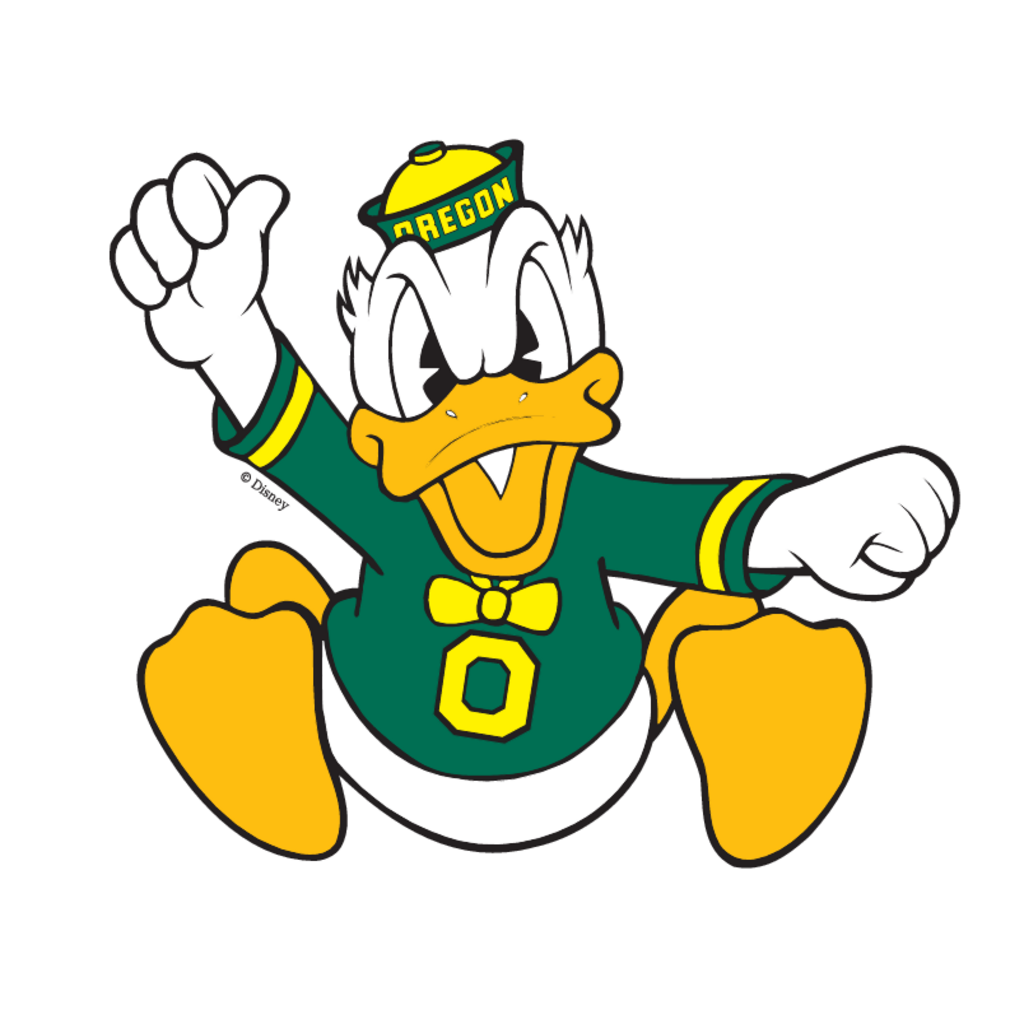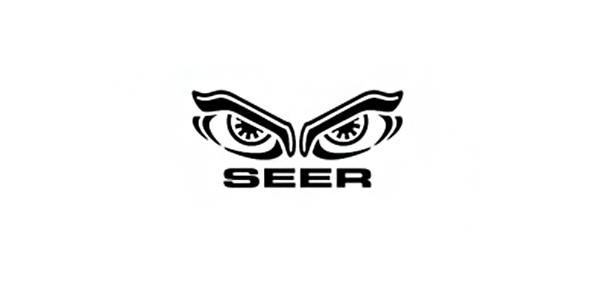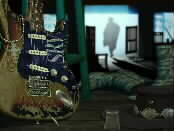Gets rid of all of the misinformation that has been ignorantly spread on boards like this one for years and lays everything out there in black and white from a neutral position.On June 10, 2010, the NCAA’s Committee on Infractions (COI) hit the USC football program with the stiffest sanctions regime it had imposed since the infamous SMU case of the mid 1980s. USC would lose two postseason appearances, get docked 10 scholarships per year for three years and be limited to 15 new scholarship players per year for three seasons. The COI also ordered USC to disassociate itself from the Heisman-winning player at the center of the scandal, imposed severe restrictions on access to football practices and sidelines during games and vacated the entire 12-win 2005 season – which included legendary games against Notre Dame and Texas.
But the biggest kick in the gut came when the COI vacated two USC victories from the end of the 2004 season (including its blowout victory over Oklahoma in the BCS Title Game), and on top of that deemed every junior and senior currently on USC’s roster a “free agent” – permitting them to transfer to any other school in the country without penalty. The signal could not be more clear: the NCAA was out to destroy USC… or at least the COI was.
Indeed, it was the Committee headed by Dee which had wrapped a “lack of institutional control” finding around USC’s neck.
“Lack of institutional control” (or “LOIC,” as it’s now popularly referred to in the blogosphere) was the basis for the precedent-setting penalties levied against USC.
The linchpin of the case against USC was of course Bush, and the money and benefits he and his family had accepted from two wannabe sports agents, Lloyd Lake and Michael Michaels (yes, that is really the name he uses). While the COI brought other violations under the LOIC rubric (for example, Pete Carrollhad used a non-staff “consultant” to breakdown game tape during the offseason), these violations – even cumulatively – would not normally warrant heavy punishment under NCAA-established precedent. For example, Michigan self-imposed a penalty of “reduced offseason workouts” for the same type of consulting violation, which the NCAA ultimately ratified.
The case against USC was about the benefits to Bush and why nobody at USC put a stop to them. In that regard, it’s important to review just exactly what Bush and USC were guilty of. Bush, his stepfather and his mother unquestionably accepted tens (if not hundreds) of thousands of dollars in benefits from Lake and Michaels in clear violation of NCAA rules. Bush’s parents lived in a new house rent-free for nearly a year, probably received free transportation to at least two USC road games, and may have taken cash on top of that. Bush, for his part, bought a used 1996 Chevy Impala in 2005 (presumably from funds supplied by Lake and Michaels), stayed a night at the Venetian Hotel in Las Vegas on Michael’s credit card, and may have accepted money for improvements to the car. (The widely distributed photograph of Bush standing next to a “souped-up” version of his Impala was not taken until August 2006, months after he had signed a multi-million-dollar contract with the New Orleans Saints. The entire COI Report can be found here.
Beyond that, however, the case is more complicated than it may seem. For example, the benefits package given to Bush’s stepfather was part of a prospective business arrangement between Michaels and Lake, on the one hand, and Bush’s stepfather, LaMar Griffin, on the other, to form a “sports marketing” agency, which presumably would feature Bush as the center attraction. Michaels and Lake were not USC alumni, boosters nor even fans. Michaels (real name Michael Pettiford) was apparently some “mover and shaker” type with a connection to the Sycuan Indian Tribe in San Diego County. Lake was a recently paroled ex-con who attended Helix High School, also in San Diego. Helix was not only the high school that produced Bush, it apparently was also the employer of his stepfather, Griffin. It was the Helix High/San Diego connection (not USC) which served as the basis of the relationship between Lake, Michaels, Griffin and, ultimately, Bush.
Which Institution Really Lacked Institutional Control?
There has never been any credible evidence that any employee, alumnus or booster of USC was in any way involved with these illicit benefits. Nor did the COI predicate its penalty on direct involvement by USC. And, perhaps most importantly, the Bush scandal had nothing to do with recruiting. (Indeed, the payments to Bush didn’t really give USC a competitive edge at all, but perhaps that’s best left for a different article.) Instead, Dee’s Committee determined that USC “should have known,” and by not knowing it failed to maintain the requisite level of “institutional control.”
Just how exactly USC “should have known” about all this strikes at the heart of Dee’s conflict of interest and the trouble the NCAA will have in enforcing Dee-decreed precedent going forward. The case against USC, and indeed the entire LOIC findings, appears to be predicated on three factual determinations: first, former running backs coach Todd McNair knew Bush was receiving improper benefits, and that knowledge is imputed to the entire University; second, USC staff and compliance officers should have recognized that Bush was on the take by virtue of the Impala he began driving to school in the winter of 2005; and finally, that USC woefully understaffed its compliance department. Unfortunately for Dee, the case against him for conflict of interest is substantially enhanced by exploring these determinations.
First, the case against McNair is extraordinarily weak. Indeed, McNair is now suing the NCAA for millions of dollars in damages because the COI singled him out for specific punishment (above that handed to USC). There is virtually no evidence of “knowledge” on the part of McNair. The COI rested its findings on four telephone calls between the cell phones of McNair and Lake, and really nothing else. The first three calls were failed connections in a one-minute time frame on an October night in 2005 when Bush was hosting Percy Harvin on a recruiting trip to USC. All evidence indicates that McNair was attempting to reach Bush regarding Harvin’s visit on an alternative number Bush had given to McNair – a cell number belonging to Lake (who was out with Bush on that night). The only other documented contact between McNair and Lake was a January 2006 call lasting approximately two-and-a-half minutes initiated by Lake, which took place after Bush’s final game in a USC uniform. McNair testified that he did not recall this conversation (nor any communications at all, for that matter, with Lake). It’s possible that Lake merely reached McNair’s voicemail and left a long message. It’s also possible the two discussed Bush’s illicit benefits in detail for two-and-a-half minutes. Or, something else entirely could have happened. But, that is all really beside the point, as the call occurred after Bush’s final game at USC.
Also tending to exculpate McNair is the fact that in this era of electronic communications, there is not one email, one text message, one saved voicemail evidencing McNair’s knowledge of wrongdoing (or even any knowledge of Lake at all). Lake himself took great pains in saving documents (and illegally recorded phone conversations) which would tend to implicate Bush and his stepfather; yet, he had nothing on McNair. And, indeed, when he was deposed by NCAA compliance investigators, Lake admitted that he had no direct information that McNair knew what was going on… that is, until the compliance investigators suborned Lake’s perjury, convincing him to reverse his story and make a sweeping accusation that McNair “knew” or “had to know” without any factual basis.
As to Bush’s “new” used 1996 Chevy Impala, it’s not entirely clear how this vehicle somehow forms the basis for a LOIC finding. As previously discussed, the car was apparently “tricked out” after Reggie signed with the Saints. Moreover, in a city like Los Angeles, and on a campus like USC, a Chevy Impala – regardless of how new or old or “tricked out” it is – hardly stands out. To the extent Dee would demand that USC officials conduct an in-depth investigation into how funds were obtained to procure such a vehicle, that requirement appears completely absurd in retrospect, given the far more flagrant and conspicuous shenanigans happening at Miami right under Dee’s nose.
Finally, the business about USC’s “understaffed” compliance department is, at best, a red herring. The very model of NCAA compliance departments has long been recognized as Ohio State, which maintains a large staff and is quick to notify the NCAA of even minor violations. Of course, that didn’t interfere at all with wide spread rule breaking by Ohio State players, including, apparently, Buckeyes star Terrelle Pryor driving to practice on Ohio State’s campus with a variety of different new cars supplied by a Columbus dealer (slightly more conspicuous, one would think, than one used Chevy Impala). Dee’s complaint that USC understaffed compliance is really just a way of saying USC didn’t do enough busy work to satisfy him.
The specter of Dee’s bias was apparent from the moment the COI decision was made public. While the COI was staffed with several other professionals, and the NCAA’s compliance investigators had on their own clearly participated in prosecutorial improprieties (not only by coercing Lake to change testimony, but by listening in on illegally-recorded taped phone calls made by Lake), it was Dee who instantly became the poster boy of NCAA discipline. Immediately after sanctions were announced, Dee held a press conference where he told the media that USC’s punishments were based – not on NCAA precedent – but on the sanctions the NCAA had imposed on Dee’s Miami program back in the 1990s resulting from the biggest Pell Grant scandal in United States history – a scandal that involved Miami coaches and staff illegally funneling Pell Grant funds to Miami football players. For that, the NCAA imposed a loss of 31 scholarships and a two-year bowl ban. Dee appealed and the NCAA reduced the penalty to 24 scholarships and a one-year post-season ban. During his June 10, 2010 press conference, Dee unmistakably explained that Miami’s Pell Grant sanctions were used as the benchmark for the sanction his Committee was imposing on USC (never mind that Miami’s infractions actually involved university employees fraudulently directing taxpayer cash to football players). Indeed, Dee even pontificated on how USC could recover going forward by using Miami as an example: “You have to be extremely careful in your recruiting. Only bring in the right people that are going to be able to help you, was our point of view back at Miami.”
It was also during this press conference that Dee made what had previously been the most famous line of the Bush ordeal:
“This case strikes at the heart of the principles of amateurism.”
Only now, against the backdrop of eight years of Shapiro running rampant under Dee’s nose, has his other notable quote from that press conference risen to such prominence:
“High profile players demand high profile compliance.”
Taking this standard at face value, one wonders exactly what Dee would now find as the proper punishment for his Miami program – a Dee program that apparently failed to administer compliance over some of the most high-profile football players in recent memory: Frank Gore, Devin Hester, Andre Johnson, Willis McGahee, Antrel Rolle, Sam Shields, Sean Taylor, Jonathan Vilma, Vince Wilfork, Kellen Winslow, Jr., D.J. Williams – i.e., the starting lineup for the Pro Bowl.
Of course, the punishment handed down to USC – for benefits to one player with no involvement from university employees, alumni or boosters – hugely complicates any punishment for Miami. If Dee’s 30-scholarship, two-year-bowl-ban, every-junior-and-senior-is-a-free-agent standard is applied, what does Miami get? Using the “high profile players demand high profile compliance” standard, Miami has about 78 Reggie Bushes on its hands.
The simple answer, of course, is that the NCAA won’t punish Miami in accordance with this standard; it’s wholly impractical, if not impossible.
NCAA is a sham
doubt any of you fuckers will read it though because it tears down the myths you have built up in your heads

